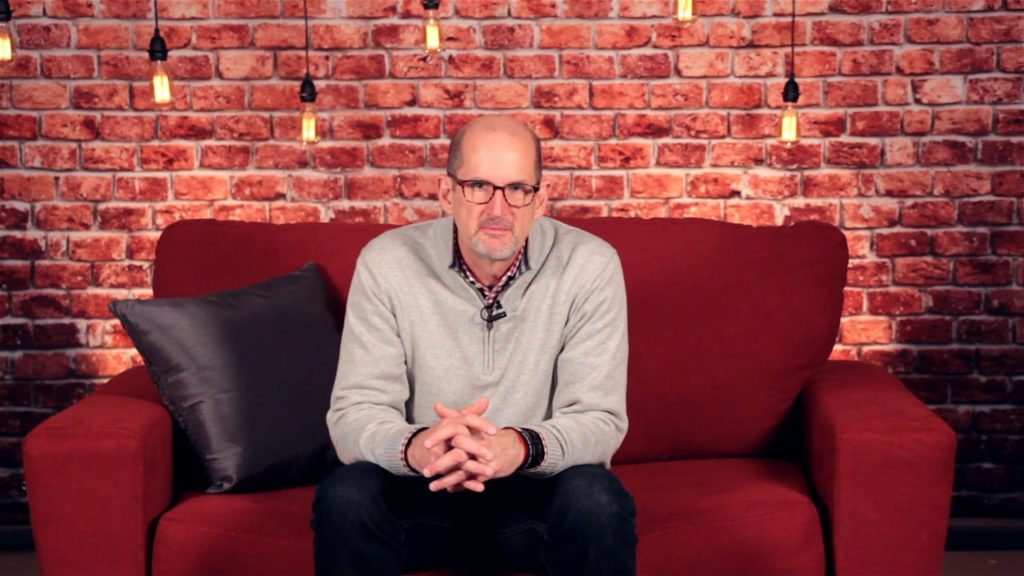1 John 2:1-14, 1 Peter 2:5, 1 Timothy 4:12-6:2
The Body of Christ is a diverse collection of people. Most of the time, when we hear the word “diversity,” we think (rightfully so) of ethnic diversity. After all, the climax of Paul’s letter to the Ephesians is a doxology that celebrates the dividing-wall-annihilating gospel which builds an ethnically diverse church (Ephesians 3:14-21). The mystery of the gospel, according to Paul, is that “Gentiles are fellow heirs [with the Jews], members of the same body, and partakers of the promise in Christ Jesus through the gospel.” (Ephesians 3:6) It is through the gospel’s mysterious joining—the joining of Jews and Gentiles; antithetical ethnic groups—that the church is built; and this church, built from scraps of seemingly irreconcilable backgrounds, is God’s primary method for displaying his manifold wisdom to “the rulers and authorities in the heavenly places.” (Ephesians 3:10) So the heavenly hosts who sang for joy when they saw God’s wisdom in creating the cosmos (Job 38:7) were struck dumb in amazement when they saw God’s manifoldwisdom in the gospel and in the church that it builds (1 Peter 1:12). In other words, God’s creation of the universe was His sketchbook, but His church is His masterpiece. That’s how essential diversity is for the church.
But the word “diversity” encompasses so much more than ethnic multiplicity. It can also encompass socioeconomic status, gender and, our current topic, age. In many other places of the world, it would be redundant to name age groups among the different types of people who are to be included here; it is simply taken for granted that any particular group includes old and young. But in 21st century America, such a clarification is necessary. In a culture that largely despises old age (how many “anti-aging” cosmetic products are in our supermarkets?) and fiercely champions independence, age segregation is to be expected. In fact, among the many messes a replanter is responsible for cleaning up, divisions brought about by opposing age groups may be the most prominent. Those infamous “worship wars,” for example, are almost exclusively wars between the younger and the older members; when both parties are committed to their own respective musical preferences.
The replanter is a pastor who not only is challenged with the tension that exists between ethnic or social groups, but also with age groups. Therefore, the replanter must not have an affinity for one group over another; he is not simply coming in and planting a new church in an old building. Subsequently, he is not committed to bringing a younger generation to the church at the expense of driving away the older generation who is already represented there. In other words, if a replanter looks back several years after his arrival, and sees a church that has tripled in size—with young singles and married couples and young families—but nonetheless cannot point to a single elderly member who was present when he first arrived, that replanter has not successfully replanted a church; he has merely helped to kill a dying church, and has planted a new one in its place.
The replanter understands that a multi-generational church is a better display of the gospel than a single-generational church. This is true not only because a multi-generational church is more indicative of what the capital “C” Church actually consists of—and is therefore a more accurate display of what the gospel is intended to make—but also because the fruits of true gospel community can be more clearly seen there. Where more forgiveness is required, more forgiveness can be displayed. Where more patience is required, more patience can be developed. Where brotherly love is difficult to show, the display of brotherly love is exceedingly more potent. The beauty of God’s holy temple, the church, is found precisely in the fact that it is made of seemingly irreconcilable materials; it’s built with people who should be divided, but are nonetheless united by the gospel. It’s not natural for people who have almost nothing in common to voluntarily die to self in order to live in thriving community. Yet this is exactly what the gospel accomplishes in its building of the church—and this is particularly true of multi-generational congregations. Thriving multi-generational churches are characterized by self-denying humility, because they cannot function otherwise. When you bring people together who have absolutely different ideas about what the church needs, you will see members preferring one another’s needs above their own, or you will see the church collapse.
Therefore, the replanter will strive with all of his might to unite his older members with his younger members. He must be committed to making sure that both age groups are recognized, respected, loved, and deeply cared for. This is no peripheral topic; the multi-generational commitment is a gospel issue. All of this means that quantitative growth may be extremely slow-going, because the replanter is pastoring a church comprised of individuals who may have been reading their bibles in the same church building for longer than he has been alive—one would expect that changes to ecclesiastical life (even changes that are healthy and God-honoring) will be met with suspicion and hesitation. At the same time, a replanter may be attracting younger believers who are convinced that what the church really needs can be found squarely between their two ears! The replanter must be committed to both of these groups. He must teach patience to the younger believers without quenching their God-glorifying zeal, and he must challenge the older believers to tweak their traditions in such a way that they feel honored and respected. Of course, to some degree, this must be a characteristic found in every pastor, but the replanter is uniquely challenged with multi-generational tension, and he must therefore have an especially magnified sensitivity when it comes to navigating the unique needs of multiple generations.
Get engaged and become equipped in replanting as you spend two days with experienced replanters at the NAMB Replant Lab.
Published July 14, 2016
